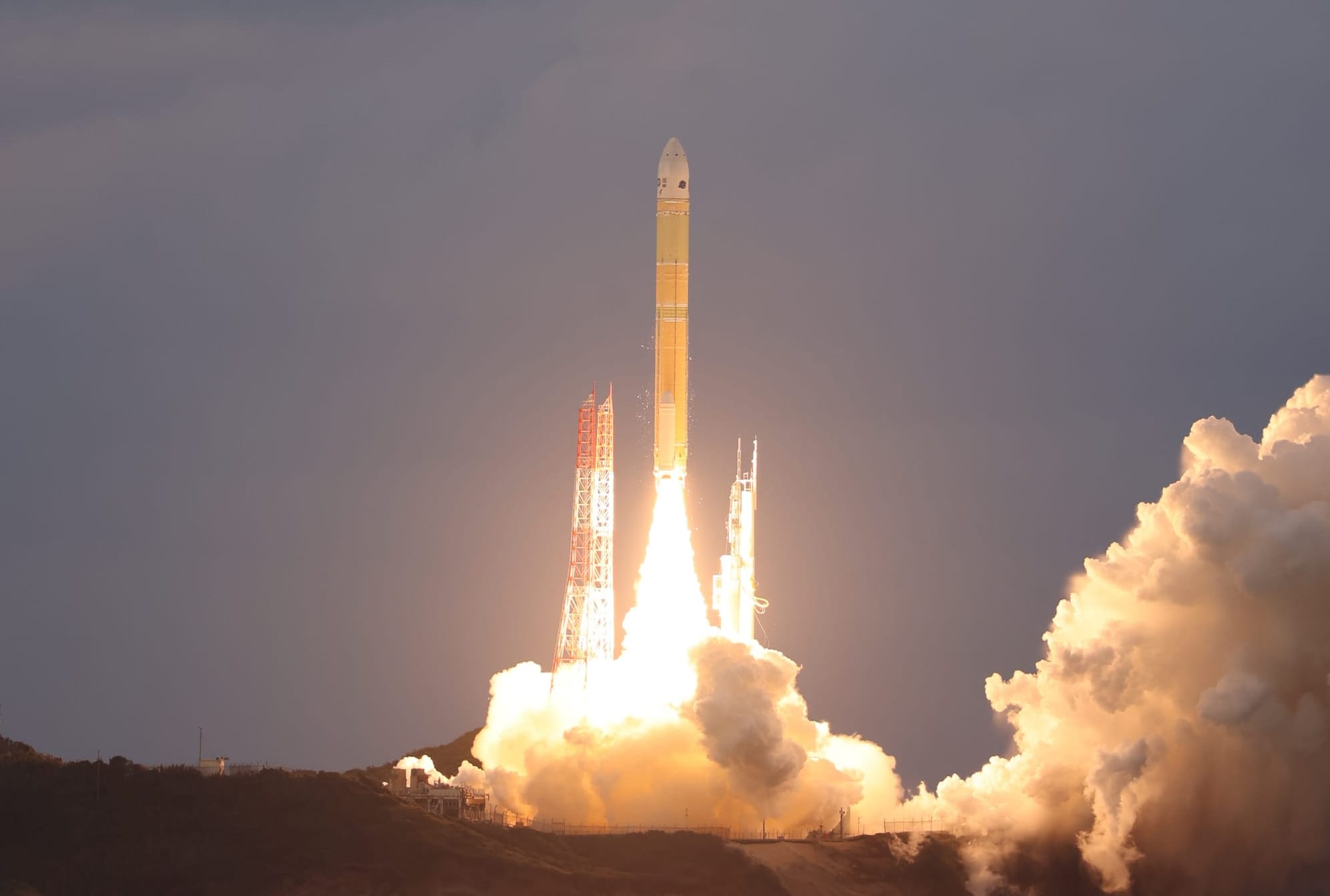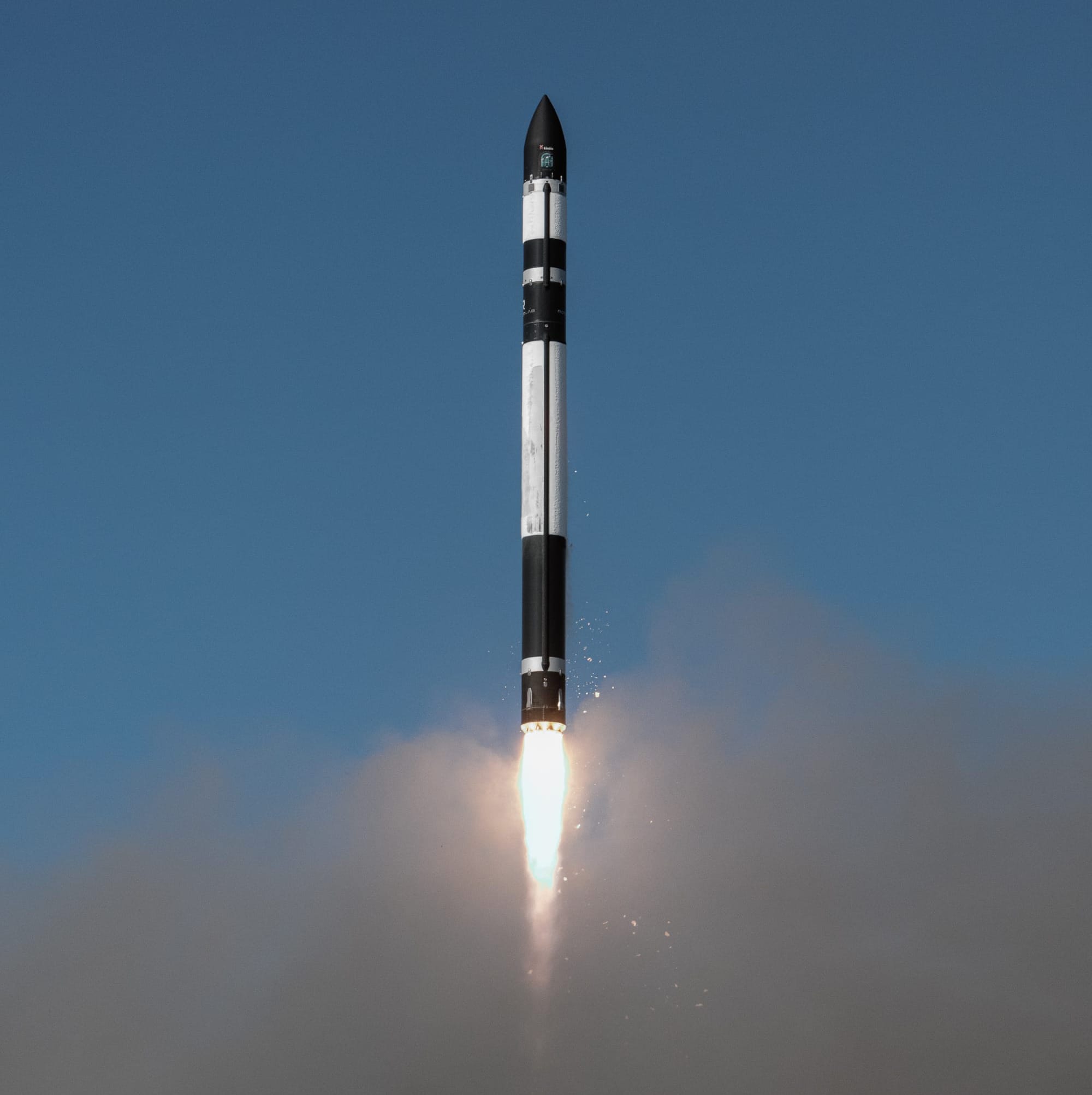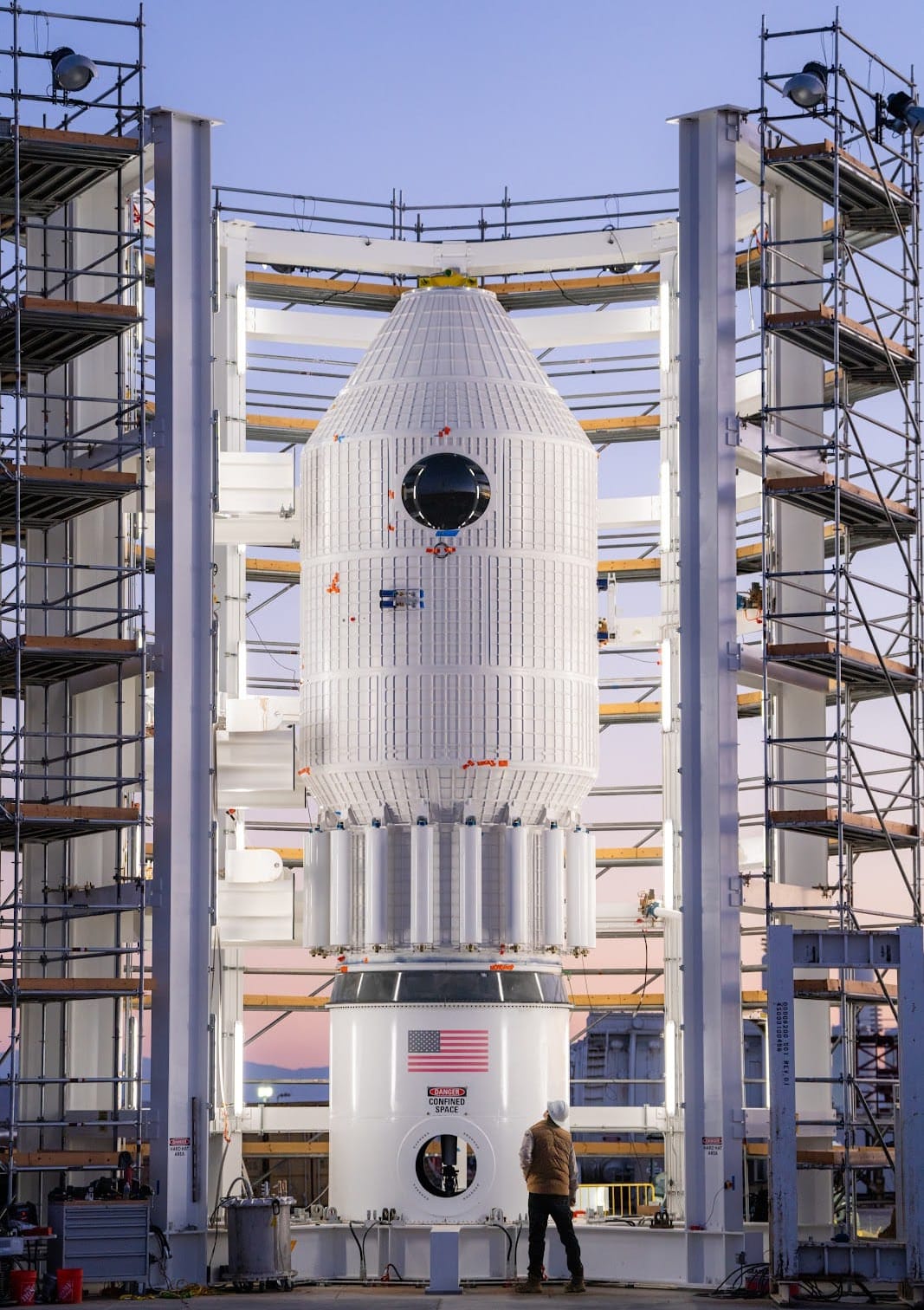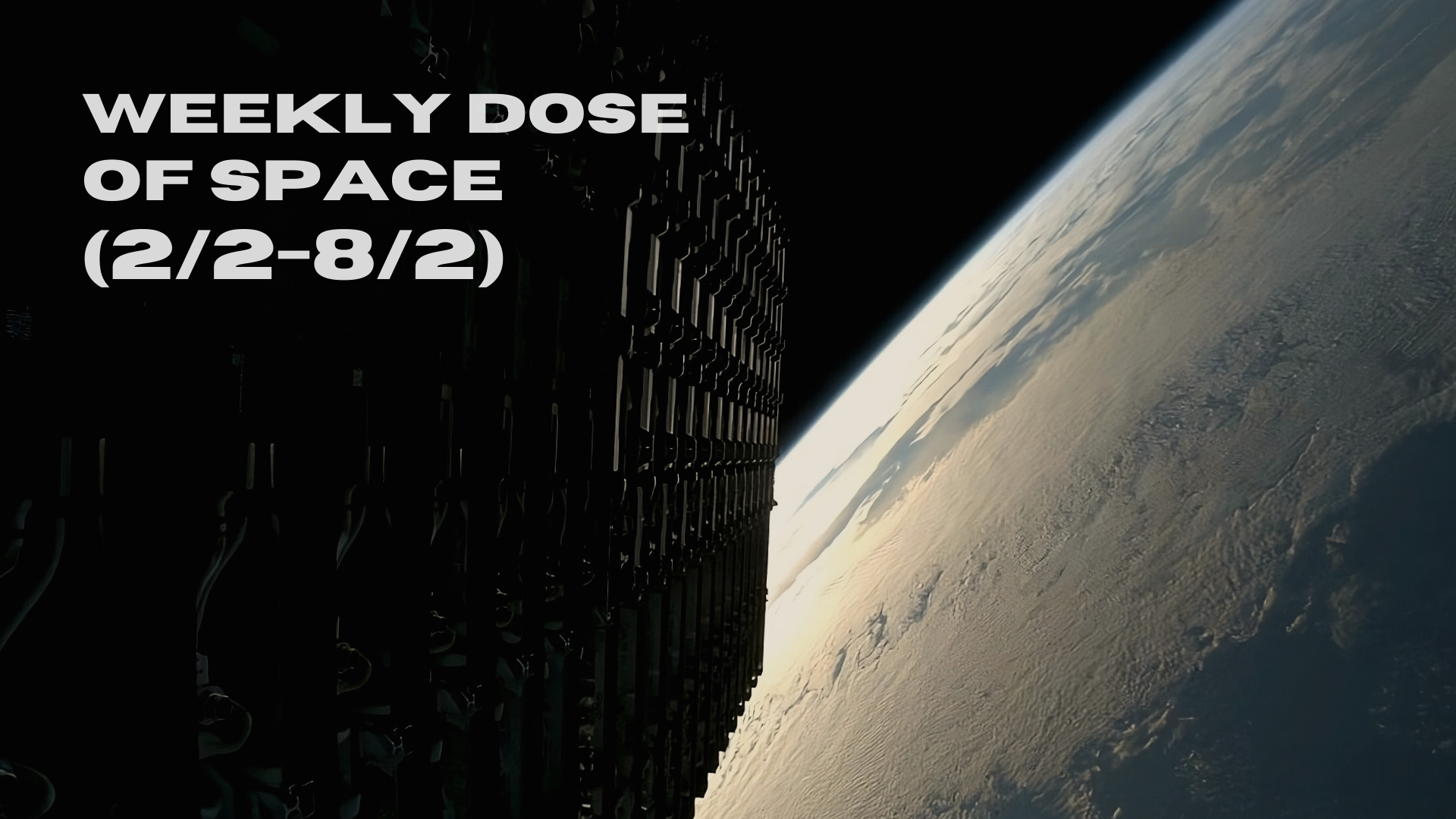Table of Contents
Welcome back to Weekly Dose of Space! This week saw seven launches take place, with all but one heading into orbit. News this week had Boeing warning of potential cuts to SLS, VAST delaying the launch of its space station, Pakistan joining the Chang'e 8 mission, and Russia replacing the head of its space agency. As always, we'll also look ahead to what the worldwide launch schedule might look like next week.
SpaceX
This week at Starbase began early on February 4th when a test tank was rolled out from the production site to the Massey's test site, with testing objectives not disclosed by SpaceX but it may be for testing a new booster design. At Massey's various cranes were spotted inspecting the tank on the 5th.
A few days later on February 7th Ship 32, a 'Block 1' Starship, was rolled from the rocket garden into the high bay, likely for scrapping. Over at the second launch tower, a lead line for cabling was spotted being run between the arms traveling block and the top of the tower. In the late hours of the 7th, Booster 15 was rolled out from the production site to the launch site and parked next to the Orbtial Launch Mount. A few hours later Booster 15 was placed onto the launch mount, ahead of a static fire test for Starship-Super Heavy's Eighth flight test.
B15 is in her nest. @LabPadre pic.twitter.com/hDenUn5AdK
— VixXi (@VickiCocks15) February 8, 2025
Booster 15 being lifted onto the Orbtial Launch Mount, via VickiCocks15 on X.
Launches This Week
February 2nd - H3 with Michibiki-6
Mitsubishi Heavy Industries' H3 rocket lifted off from the Tanegashima Space Center, in southern Japan, carrying the Michibiki-6 satellite to geostationary transfer orbit. Michibiki-6 is a navigation satellite for providing services in urban centers and mountainous regions.

February 4th - Falcon 9 with Starlink Group 12-3
A Falcon 9 lifted off from Space Launch Complex 40, in Florida, carrying twenty-one Starlink satellites into low Earth orbit. The booster supporting this mission was b1069, flying for the twenty-first time and landing on the drone ship 'Just Read The Instruction' downrange.
February 4th - New Shepard for NS-29
New Shepard performed a suborbital flight from Blue Origin's West Texas launch site carrying thirty payloads above the Kármán line and simulating lunar gravity. The booster for this mission is believed to have been NS-5, flying for the second time. More details about this mission are available here.
New Shepard's reaction control system put a new spin on lunar gravity. Here is a cool (albeit dizzying) video of booster and capsule separation showing spin up. We achieved our target of 0.16g, creating a Lunar-G environment for our payloads that lasted continuously for 140… pic.twitter.com/sCeFrHAdh0
— Dave Limp (@davill) February 6, 2025
New Shepard spinning up its capsule for the NS-29 mission, via Dave Limp on X.
February 4th - Falcon 9 with WorldView Legion 5 & 6
Two more satellites for Maxar's WorldView Legion constellation were launched from Launch Complex 39A, in Florida, to low Earth orbit. Supporting this launch was booster B1086 on its fourth flight, with a landing back at Landing Zone 1 in Florida.

February 5th - Soyuz 2.1v with three Kosmos satellites
What is believed to have been the last Soyuz 2.1v lifted off from the Plesetsk Cosmodrome carrying three Kosmos satellites into a polar orbit.
February 8th - Falcon 9 with Starlink Group 12-9
Another Falcon 9 carried twenty-one Starlink satellites into low Earth orbit from Space Launch Complex 40. B1078 supported this mission for its seventeenth flight, with a landing downrange on the drone ship 'A Shortfall Of Gravitas'.

February 8th - Electron for 'IoT 4 You and Me'
Rocket Lab launched Kinéis' fourth group of five satellites for a planned Internet of Things constellation, consisting of five satellites. This mission was launched onboard Electron from Launch Complex 1 on the Māhia Peninsula, in New Zealand.

In Other Space News
Russia replaces head of Roscosmos

On February 6th, the Russian government dismissed the head of Roscosmos, Yuri Borisov, as part of what Borisov is calling a 'rotation' of leadership to develop the space agency. Borisov had been the head of Roscosmos for two and a half years, since July 2022.
The new head of Roscosmos was announced to be Dmitry Bakanov, who has previously run a satellite company before working for the government. According to RussianSpaceWeb, Bakanov worked at the Ministry of Transport from August 2019 as Director of Digital Transformation Department, before becoming Deputy Minister in April 2022.
At a recent Roscosmos meeting after his appointment to the agency, Bakanov said:
"It's an honor for me to be appointed to such a responsible position. Space is not just a word for me, it's my destiny. I was born in Baikonur, and my dad was engaged in military space and I myself worked for eight years in the structures of then the federal space agency, later the state corporation so it's a huge challenge for me, and I will do my best to meet your expectations."
"Exactly as we said yesterday, there is a number of priorities but we will need to start by setting goals, since our leadership has a number of questions to this area. Also, as soon as possible, on Monday, I will hold an operational meeting with all the deputies we will identify all the pain points. On the next day we will meet with the head of main industry enterprises to also understand the situation, since the state corporation is essentially a management company over enterprises and their condition directly affects condition of Roscosmos. Well, that's it, in short.
Boeing warns of SLS cancelation
Boeing is warning employees working on NASA's Space Launch System (SLS) of potential layoffs that may occur within 60 days. With the warning to employees, Boeing also told Ars Technica and SpaceNews:
"To align with revisions to the Artemis program and cost expectations, today we informed our Space Launch Systems team of the potential for approximately 400 fewer positions by April 2025," – "This will require 60-day notices of involuntary layoff be issued to impacted employees in coming weeks, in accordance with the Worker Adjustment and Retraining Notification Act. We are working with our customer and seeking opportunities to redeploy employees across our company to minimize job losses and retain our talented teammates."
According to Ars Technica's sources, senior leadership at NASA including acting administrator Janet Petro, who has been a yes man of policy since the inauguration, have been urging the White House not the cancel the rocket before the Artemis III mission returns American Astronauts to the moon around 2027.
SLS has been criticized routinely due to an estimated cost of 2 billion United States Dollars per launch, but it is the only way the Orion spacecraft can be sent toward the Moon. One such critic is head of SpaceX Elon Musk, who now holds a key position in the new Trump administration after spending 290 million Dollars on the election. No alternatives for launching Orion currently exist but those against SLS argue in favor of using a commercial launch vehicle, none of which would be able to send the spacecraft toward the Moon.
Canceling SLS before it can perform the Artemis III mission may also allow China to send people to the lunar surface before Americans can return.
Haven-1 completes first test, delays launch

Vast Space announced on February 6th that its Haven-1 space station qualification article had successfully passed its primary structure qualification proof test, on the company's first attempt. This testing took place on January 31st with pressures and leak rates remaining within expected specifications.
The proof test also comes just fifteen months after Vast began work on manufacturing the qualification article, with the entire structure built in-house by the company. In the coming months, Vast expects that they will complete testing of forces experienced during launch and orbital operations as well as conduct various load tests with a pressurized test article.
With the proof test complete, Vast has also updated its timeline for the first launch of Haven-1. Originally set to launch in August 2025, the flight article of Haven-1 will now launch no earlier than May 2026, with the first crew arriving in mid-2026.
Pakistan joins China's Chang'e 8 mission
During the week as part of Pakistan’s President Asif Ali Zardari's trip to China for the Ninth Asian Winter Games and talks with President Xi Jinping for economic cooperation, the two nations signed a memorandum of Understanding for the Chang'e 8 mission. With the signing, China's Chang'e 8 mission to the lunar south pole in 2028 will deliver Pakistan's first lunar rover to the Moon's surface.
Pakistan's rover is set to weigh 35 kilograms and be made of indigenously developed components while carrying out a few scientific experiments, with one from a joint Chinese-European team. On the surface, the rover will be controlled by Pakistani scientists and will study lunar soil composition, measure radiation on the Moon's surface, along with mapping various areas.
What to Expect Next Week
Starbase
SpaceX is currently preparing for Starship-Super Heavy's eighth flight test, utilizing Ship 34 and Booster 15. Both vehicles have conducted cryogenic testing needed ahead of static fires, which are expected in the coming weeks.
February 10th - Falcon 9 with Starlink Group 11-10
SpaceX is expecting to launch a Falcon 9 from Space Launch Complex 4E carrying a batch of Starlink satellites to low Earth orbit.
February 11th - Long March 8A for its debut flight
The Long March 8A may perform its debut mission from Launch Complex 201 at the Wenchang Space Launch Site.
February 11th - Falcon 9 with Starlink Group 12-18
Another Falcon 9 is expected to launch from Space Launch Complex 40 carrying a batch of Starlink satellites to low Earth orbit.
February 14th - Falcon 9 with Starlink Group 12-8
Yet another batch of Starlink satellites are expected to head to low Earth orbit atop of a Falcon 9 from Space Launch Complex 40.







